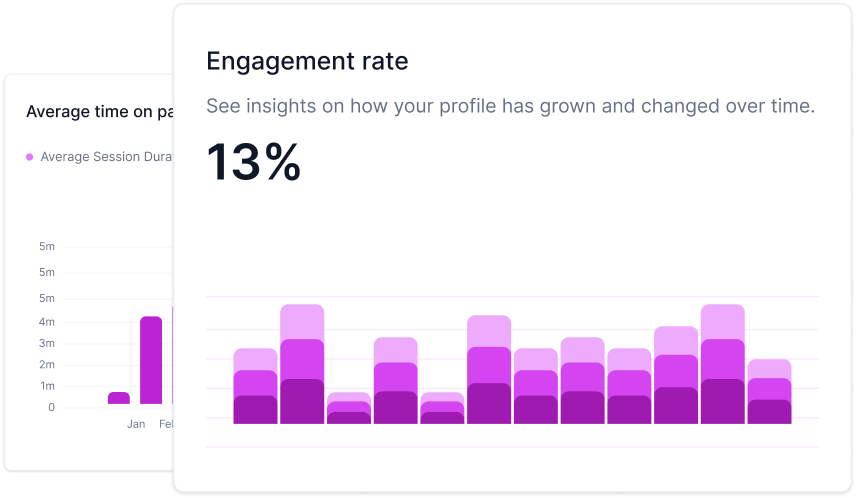What is the Conversion Path?
A conversion path refers to the journey a website visitor takes, typically from their initial interaction with a website or digital content to the ultimate goal of conversion, such as making a purchase, signing up for a newsletter, or filling out a contact form. It involves a series of steps and touchpoints designed to guide and persuade the visitor toward taking the desired action.
In the world of digital marketing, the term "conversion path" plays a crucial role in guiding online users from their initial interaction with your website to taking a specific desired action, such as making a purchase, signing up for a newsletter, or filling out a contact form. In this article, we'll explore what a conversion path is, how it functions in online marketing, and the best practices to optimize it for success.
What Is a Conversion Path?
A conversion path is a strategic series of steps and touchpoints that lead online users from being mere visitors to becoming valuable leads or customers. It's a well-planned journey designed to persuade and guide visitors toward taking a specific action that aligns with your business goals. Let's break it down:
- Awareness Stage: This is the starting point, where a user becomes aware of your website or content through sources like search engines, social media, or online ads.
- Interest Stage: Once on your website, users express interest by exploring your content, products, or services. They might read blog posts, browse products, or view pricing pages.
- Decision Stage: At this stage, users are poised to make a decision. They may add products to their cart, sign up for a free trial, or request a quote.
- Action Stage: The ultimate goal of a conversion path is to lead users to take action. This could involve making a purchase, filling out a lead generation form, or subscribing to a service.
How to Optimize Conversion Paths
Creating an effective conversion path is essential for boosting the success of your online marketing efforts. Here are some best practices to consider:
- Understand Your Audience: Know your target audience's pain points, motivations, and preferences. Tailor your content and messaging to address their needs at each stage of the conversion path.
- Clear and Compelling Call to Action (CTA): Make sure your CTAs are prominent, action-oriented, and encourage users to take the desired action. Use persuasive language to prompt engagement.
- Minimize Friction: Simplify the conversion process. Remove unnecessary form fields, provide guest checkout options, and ensure a seamless user experience.
- A/B Testing: Experiment with different elements within your conversion path, such as CTA buttons, form designs, or page layouts. A/B testing helps identify what works best.
- Leverage Analytics: Utilize tools like Google Analytics to measure and analyze the performance of your conversion paths. Identify bottlenecks or drop-offs and take action to rectify them.
Measuring and Analyzing Conversion Paths
The success of your conversion paths can be assessed through various tools and metrics. Here's how you can effectively measure and analyze their performance:
- Google Analytics: This powerful tool provides insights into user behavior, conversion rates, and the overall performance of your website. It helps you identify which stages of the conversion path may need improvement.
- Conversion Rate: Measure the conversion rate at each stage of the path. This metric reveals the effectiveness of your content and strategies in persuading users to move forward.
- Bounce Rate: Analyze the bounce rate to assess how many users leave your website without interacting further. High bounce rates may indicate a problem in your conversion path.
- User Flow Analysis: Visualize how users navigate through your website and conversion path using tools like Google Analytics. This can help identify drop-off points.
In summary, a conversion path is a fundamental concept in online marketing that guides users from awareness to action, aligning with your business objectives. Optimizing your conversion path involves understanding your audience, creating compelling CTAs, minimizing friction, conducting A/B testing, and utilizing analytics tools to measure and improve performance. By following these best practices and leveraging data-driven insights, you can enhance the effectiveness of your conversion paths and boost your online marketing success.

